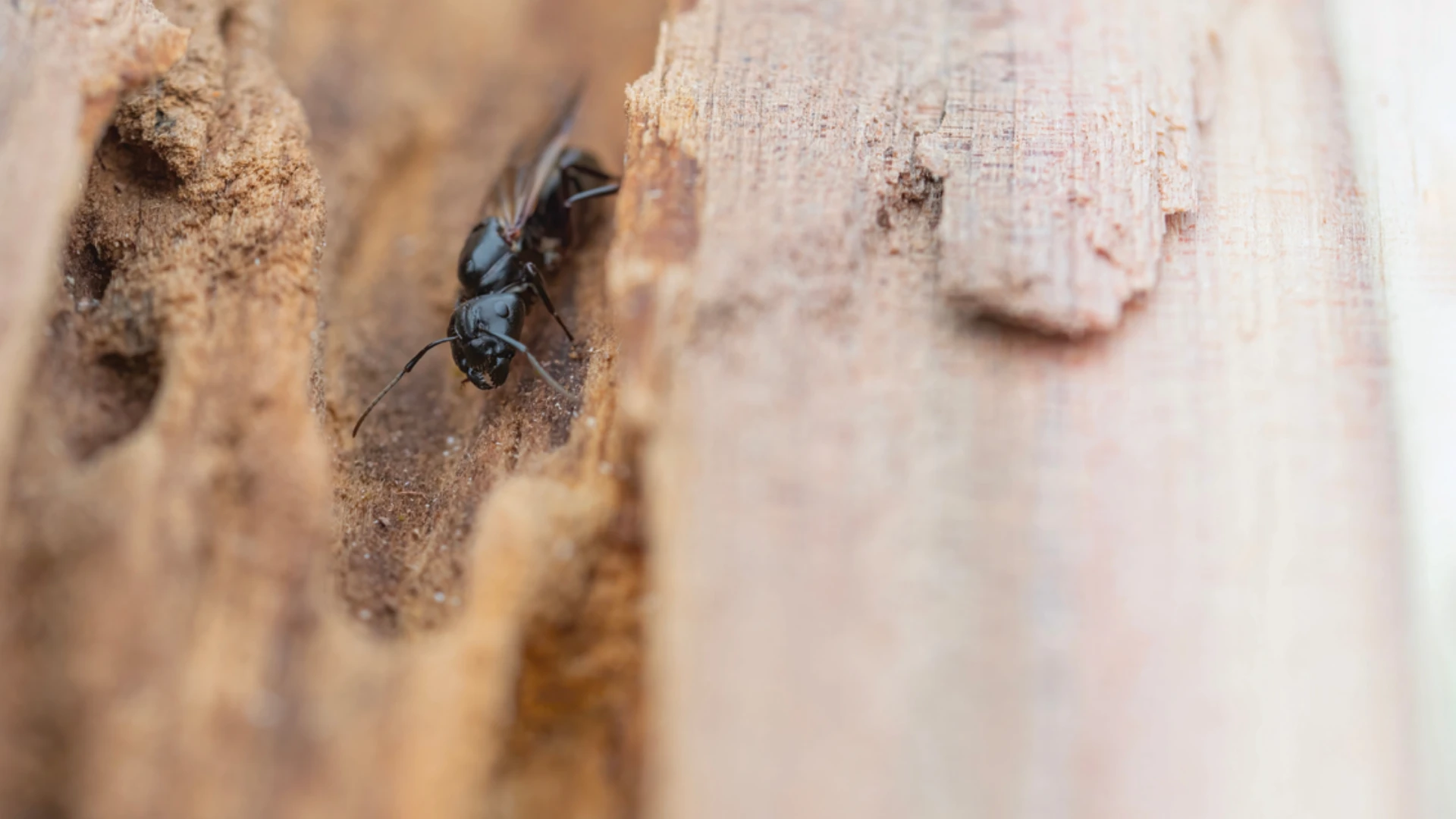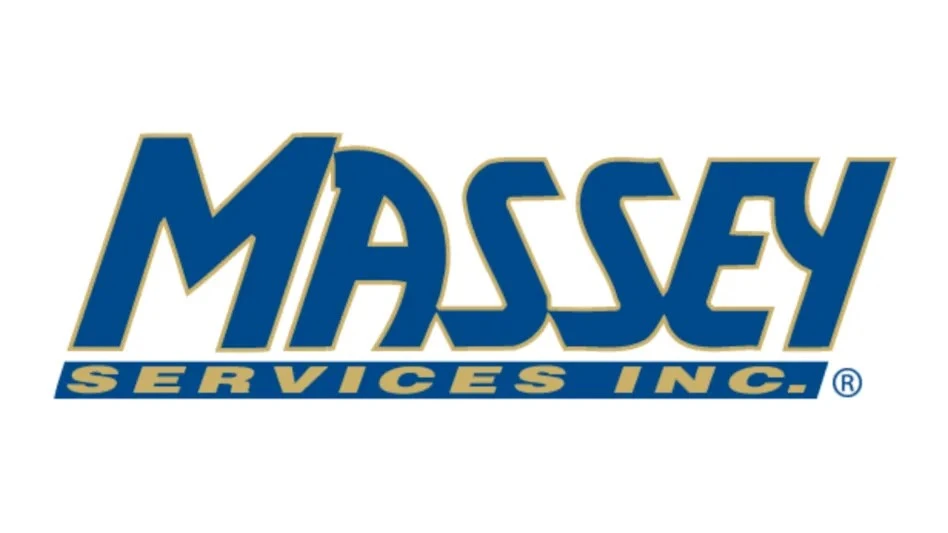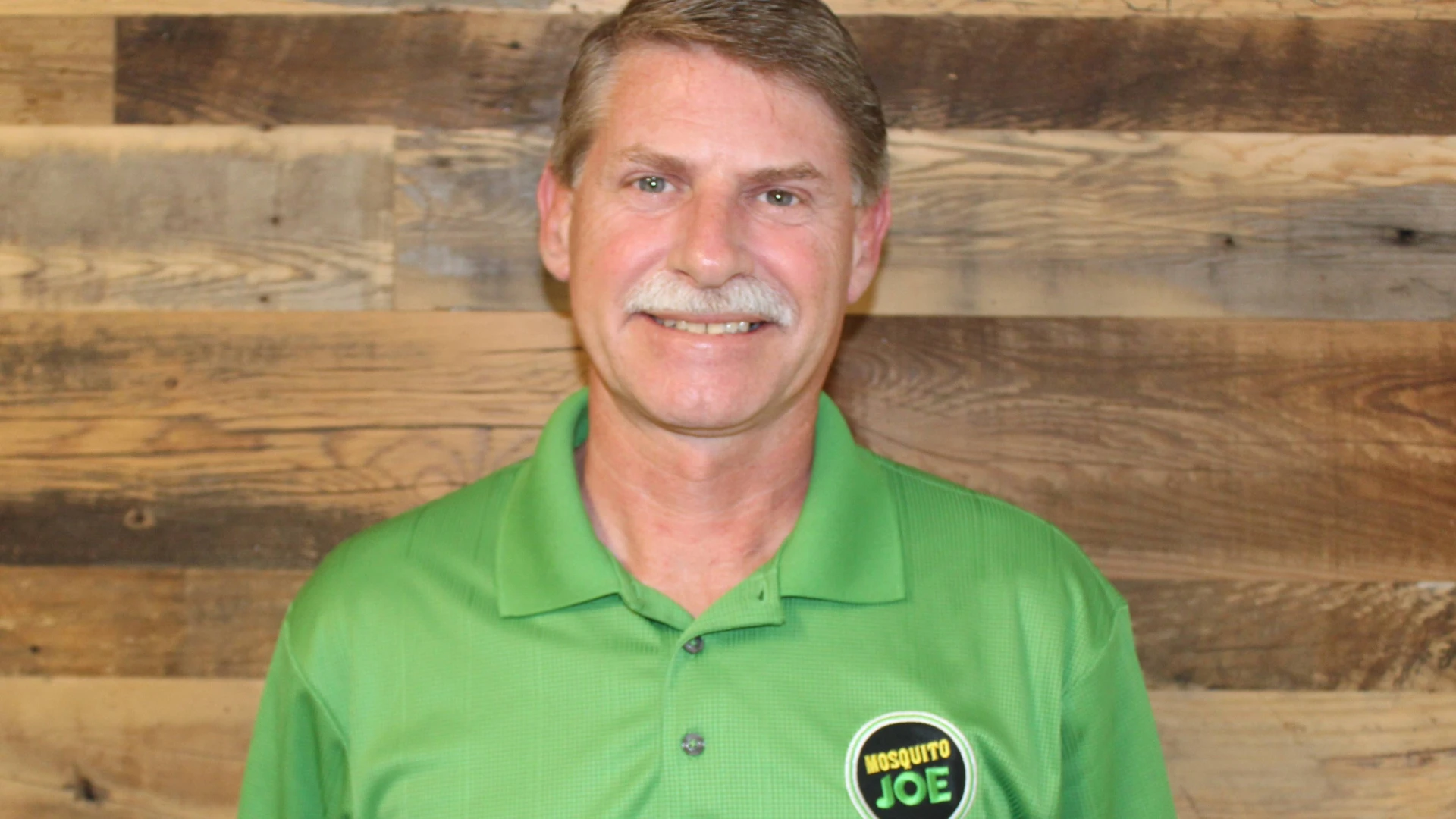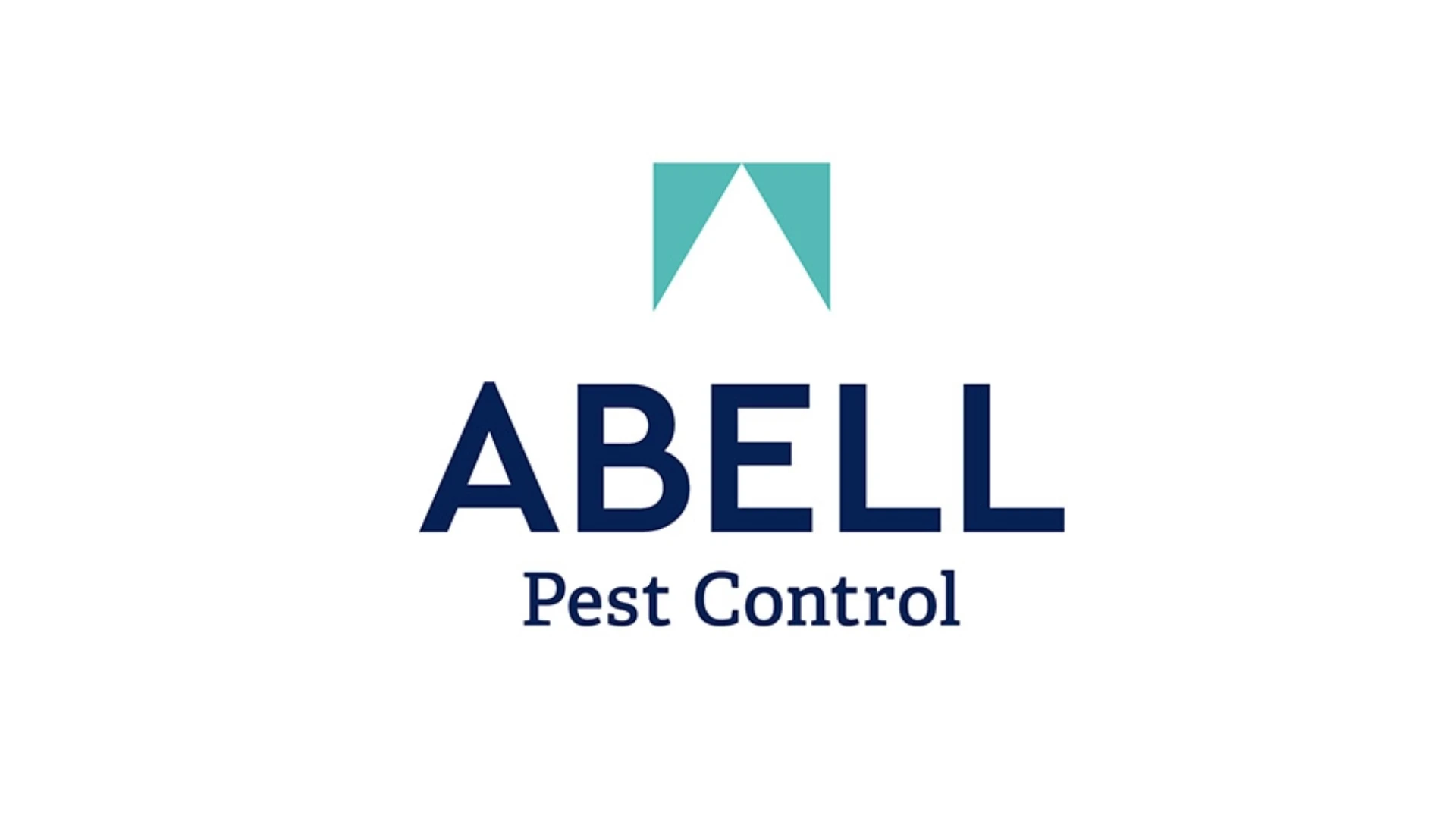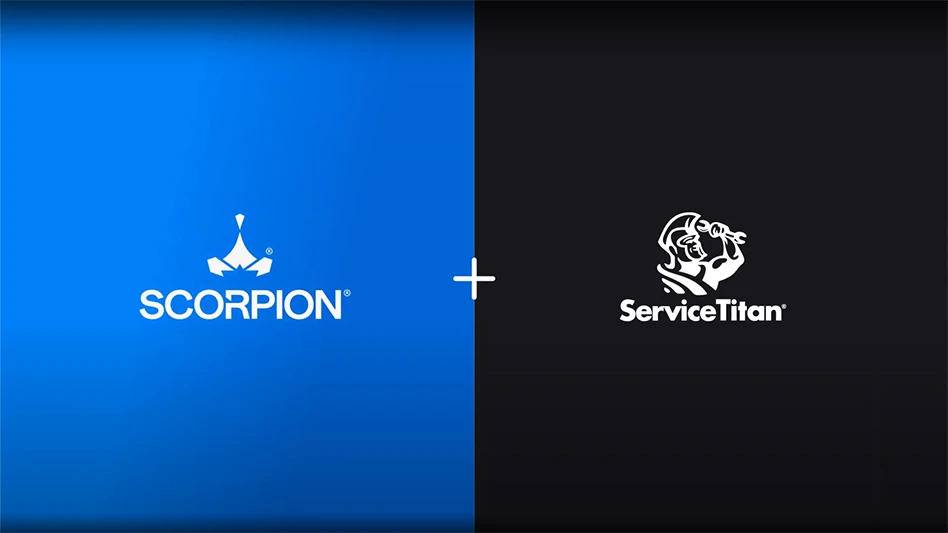One of the most descriptive, and fun, movie titles in the past few years was “Snakes on a Plane.” In the movie, an assassin unleashed poisonous snakes in an airplane cabin in an attempt to kill a witness on his way to testify in a trial. The entire airplane and all its passengers were targets.
Every year, hundreds of thousands of flights originate in the United States and, along with millions of passengers, millions of pests are hopping onboard also. The pests forego the security checks, however, and find alternate methods of boarding the planes.
“A mouse can run down a jetway and jump on the plane,” said Stoy Hedges, director of technical services for Terminix International, Memphis, Tenn., who gave a presentation on Aircraft IPM at NPMA PestWorld 2007.
Additionally, mice and rats can board through the cargo area, cockroaches can ride in on food carts, mosquitoes can just fly in, and passengers may unwittingly bring aboard bed bugs and lice.
NON-NATIVE SPECIES. All planes from Guam to Hawaii, upon landing, Hedges noted, have their wheel wells checked for brown treesnakes, a predator that has decimated native bird and lizard populations on Guam, as well as caused numerous power outages.
In fact, the introduction of non-native species drives much of aircraft pest control around the world. “Aircraft landing in Australia, New Zealand, India and some Caribbean nations go through a top-of-descent treatment,” Hedges said.
As the plane begins landing procedures, someone sprays an aerosol into the aisle, trying to kill any pests before the deboarding process.
U.S. REGULATIONS. In June 1995, the Environmental Protection Agency (EPA) issued PR 95-1, effectively stopping top-of-descent spraying on aircraft in the United States. If a product was labeled for aircraft use, it had to carry the following standard: “Do not use in aircraft cabins with passengers and crew aboard. Do not apply this product in a way that will contact passengers or crew. After treatment, turn on ventilation system and ventilate for 15 minutes.”
An additional EPA regulation, PR 96-3, effective in October 1997, required registrants to submit data that their product could be used in aircraft cabins and their labels would not have to be changed, or if this could not be done, had to remove any references to aircraft on their labels.
“Immediately, there were no products that were labeled for aircraft usage,” Hedges said. “The data packaging to say it could be used in unoccupied cabins was very expensive to get, and the amount of pesticide used in aircraft in a year would not pay for the testing you would need.”
THE BIRTH OF AIRCRAFT IPM. Faced with the prospect of a controlled number of products allowed for pest control on airplanes — some baits, IGRs and some natural-based products were still acceptable — PCOs had to adopt other methods.
Inspection became the key. Just as PCOs would look for signs of pests in residential and commercial settings, those same techniques would be applied in aircraft. Pests need food, water and shelter, so galleys on planes were a logical first inspection point. Lavatories also proved to be harborages for pests.
Hedges stressed that luggage bins near the galleys and lavatories should be checked, but unless there are reports of pests in this area, “there are too many to spend time on.”
However, the avionics compartments, usually located underneath the galleys, is another hiding place, especially for cockroaches. PCOs need an escort from the airline, and the techniques of flushing with forced air, vacuuming and baiting outside of the compartment are the acceptable methods for this area.
EPA regulations regarding pesticides do not limit usage in cargo areas. The accepted procedure in these areas is to spray all the walls with a residual, making sure to follow label directions.
SANITATION. “Basic clean up in-between flights and overnight is performed by the airlines,” said Hedges, but he added that pest management professionals need to educate the airlines to do more thorough cleaning. “In the galleys, there are a lot of crumbs and a lot of food particles.”
Baiting can be done in these areas, and a pest management professional must be attentive and vacuum as many of the pests as possible in order to remove them from the aircraft.
Additionally, food carts being loaded onto the airplanes should be inspected as cockroaches and fruit flies can hide in cracks. “Interception is a key part,” Hedges said.
MILES OF WIRE. On the new Airbus A380, there are more than one million parts and miles of wire and cables. Rats and mice will chew on anything cylindrical, thinking it’s a seed stalk, said Hedges.
Traps and glueboards can be placed in planes at night, and removed in the morning before the next flight. This procedure may need to be repeated over several nights to catch mice.
Catching rats can be a lot trickier. Hedges suggested using freshly cooked chicken or another aromatic food as bait, and utilizing other techniques used in commercial kitchens and restaurants. Again, this can only be done while the plane is on the ground. “One airline couldn’t catch the rat, and the aircraft had to be flown to Britain where it was still legal to fumigate,” he recalls.
“‘Snakes on a Plane’ was a popular movie, but I’d be more worried about rats and mice on a plane,” Hedges concluded. “Their chewing on wires is doing damage.”
The author is a Cleveland-based writer and frequent contributor to PCT.
Check one two
Just as motorists follow the standard three months or 3,000 miles for oil changes, airlines follow maintenance schedules for their aircraft. During the ’80s and ’90s, Terminix provided pest control for 10 major airlines, and these routine maintenance periods enabled Terminix greater availability to normally inaccessible areas.
B Checks. Every two to three months, or 500 to 600 flight hours, the aircraft is pulled out of service for a day or two. Certain panels are taken off and required maintenance performed.
C Checks. This maintenance program is performed every 18 to 24 months, and takes a couple of weeks. “The planes are pulled into the main maintenance facility, and they tear them apart,” Hedges said. “Every seat comes out, the galleys come out and serious maintenance is performed.” At this point, when all the panels were off, Terminix could put down dry flowable bait that was viable for a year, as long as it did not get wet.
Another advantage experienced by Terminix was its national network. Rarely was the same aircraft in the same city on consecutive nights. If follow-up treatment was needed, another Terminix technician could perform the duties.
Aircraft Sensitivities
“Aircraft are designed to minimize weight and maximize strength,” said Stoy Hedges. Each time a plane is painted, the old paint is stripped, because another layer would add weight, causing the plane to use more fuel.
Every metal and plastic material used in the production of the aircraft is specially designed to be strong while adding the least amount of weight. Additionally, all cleaning products, oils, lubricants and insecticides used on an aircraft must be tested by a company like SMI (Scientific Material International). A battery of tests is performed to make sure the product will work as needed, without causing any damage to the aircraft, especially corrosion to any metal materials.

Explore the July 2008 Issue
Check out more from this issue and find your next story to read.
Latest from Pest Control Technology
- Rose Pest Solutions Becomes Official Pest Provider of Chicago Fire FC
- WSPMA Hosts Legislative Day at Washington State Capitol
- A-1 Pest Control Marks 59 years in Business
- Hawaii PCO Shares Regulatory Challenges, Business Impacts from Lahaina Wildfires
- 5 Tips for Reducing Waste in the Office and in the Field
- OvoControl Now Available in Chile
- Envu Announces Savings Programs for Pest Management Professionals
- Follow the Trail
